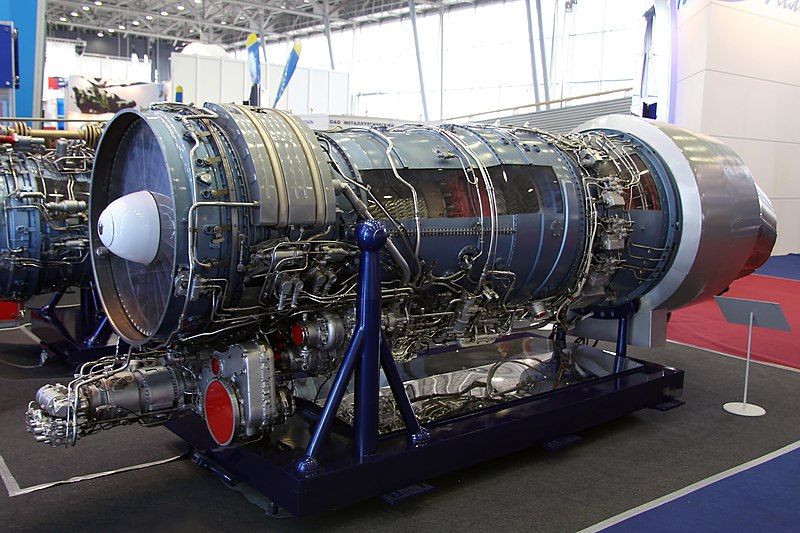p2prada
New Member
- Joined
- May 25, 2009
- Messages
- 10,234
- Likes
- 4,017
There are different versions of the RD-33. IAF and IN use the most advanced versions while RD-93 was developed from an older version of the RD-33.Can someone please tell me the differences between RD-33 and RD-93? They are not the same, I presume?
Currently, Klimov has developed a newer high thrust variant of the RD-93 (91 KN) for China (and Pak) along with an even superior version for the Russian Navy for the Mig-29Ks (93 KN). They seem to have plans of going up to 98 KN.
Current RD-93 has a thrust rating of 83 KN. RD-33 Series 3 and Sea Wasp have thrust rating of 88 KN in comparison to the other two mentioned above.
The main difference between RD-93 and RD-33 is the location of the gearbox.






